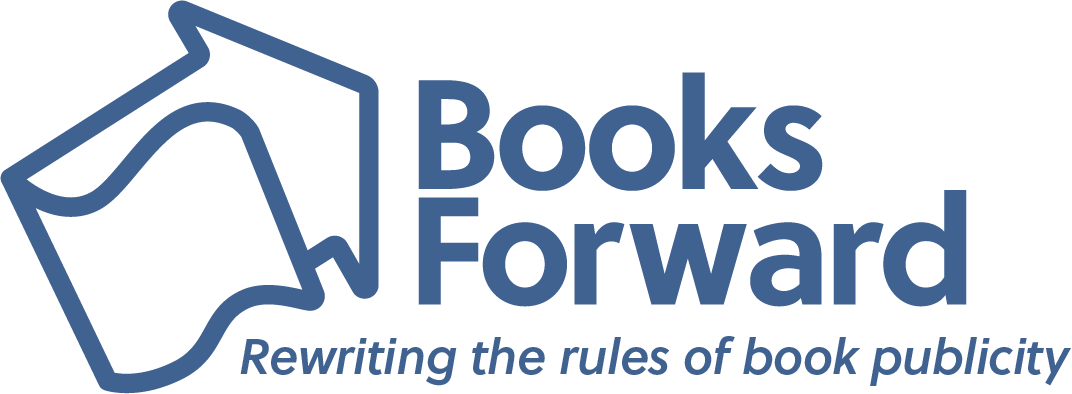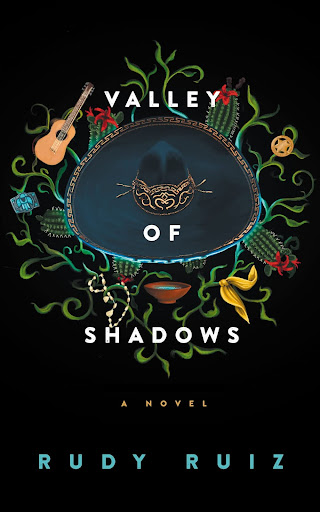 SAN ANTONIO, Texas – Rudy Ruiz was raised around ranches and horses, reared on tales of the Old West and the Mexican Revolution, but then he moved on to Harvard and success as an award-winning author of literary fiction. Now he brings his brand of polished storytelling, cultural immersion and magical realism to a visionary novel that explores and upends classic American genres: Western, Southern Gothic and Horror. The results are pioneering, poignant and powerful. The novel, “Valley of Shadows,” will be released by Blackstone Publishing on Sept. 20, 2022, just in time for Hispanic Heritage Month.
SAN ANTONIO, Texas – Rudy Ruiz was raised around ranches and horses, reared on tales of the Old West and the Mexican Revolution, but then he moved on to Harvard and success as an award-winning author of literary fiction. Now he brings his brand of polished storytelling, cultural immersion and magical realism to a visionary novel that explores and upends classic American genres: Western, Southern Gothic and Horror. The results are pioneering, poignant and powerful. The novel, “Valley of Shadows,” will be released by Blackstone Publishing on Sept. 20, 2022, just in time for Hispanic Heritage Month.
Steeped in heritage, “Valley of Shadows” shifts back and forth through time, kicking off in West Texas in 1883, but slowly revealing its protagonist’s past in sections dating back to the mid-1800’s, when the Rio Grande became the new border between the U.S. and Mexico, and the 1860’s, when Mexico battled the French Imperial invasion. The hero of the story is Solitario Cisneros, a former Mexican lawman who lives up to his solitary name. He lost his wife, his family, even his country when the river shifted course. He has resigned himself to a life of solitary regret, communing with spirits and whispering to horses. But a gruesome series of macabre murders and abductions, along with the friendship of an unlikely ally, present him with an unexpected second chance at life, or death.
Through its intimate story, and the perspectives of its lead characters, which include newly minted Mexican-Americans, Anglo settlers, and Mescalero Apaches who had long before called West Texas home, “Valley of Shadows” sheds light on the dark past of injustice, isolation, and suffering along the U.S.-Mexico border. Through luminous prose and soul-searching reflections, Rudy Ruiz transports readers to a distant time and a remote place where the immortal forces of good and evil dance amidst the shadows of magic and mountains.
As readers follow Solitario and his Mexican-Apache friend Onawa into the desert, they join them in facing haunting questions about the human condition that are as relevant today as they were back then: Can we rewrite our own history and shape our own future? What does it mean to belong to a place, or for a place to belong to a people? And, as lonely and defeated as we might feel, are we ever truly alone?
“Valley of Shadows”
Rudy Ruiz | Sept. 20, 2022 | Blackstone Publishing
Literary Fiction | Magical Realism | Historical Fiction | Western
Hardcover | ISBN: 978-1982604646 | Price: $27.99
About the Author
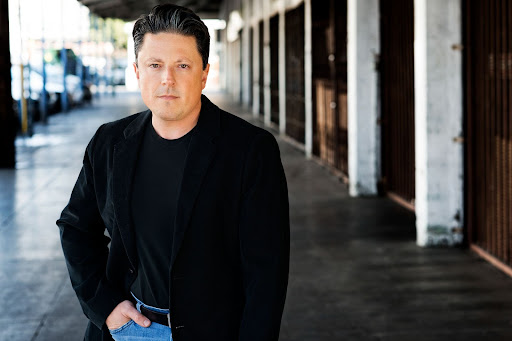 Rudy Ruiz is a writer of literary fiction, essays and political commentary. His earliest works were published at Harvard, where he studied literature and creative writing, and was awarded a Ford Foundation grant to support his writing endeavors.
Rudy Ruiz is a writer of literary fiction, essays and political commentary. His earliest works were published at Harvard, where he studied literature and creative writing, and was awarded a Ford Foundation grant to support his writing endeavors.
“Seven for the Revolution” was Ruiz’s fiction debut. The collection of short stories won four International Latino Book Awards.
Ruiz’s short fiction has appeared in literary journals including BorderSenses, The Ninth Letter, New Texas, and the Notre Dame Review. In 2017, Rudy Ruiz was awarded the Gulf Coast Prize in Fiction. In 2020, Ruiz was a finalist for both the Texas Institute of Letters’ Best Short Story Award as well as the Texas Observer’s annual Short Story Contest.
In 2020, Blackstone Publishing released Ruiz’s novel, “The Resurrection of Fulgencio Ramirez.” The novel received critical acclaim and was named one of the “Top 10 Best First Novels of 2020” by the American Library Association’s Booklist. The Southern Review of Books stated: “Ruiz’s prose is buoyant and immersive…Its effusive descriptions are reminiscent of Laura Esquivel.” The novel was longlisted for the Reading the West Award and a Finalist for the Western Writers of America Silver Spur Award for Best Contemporary Novel. It also was awarded two Gold Medals at the International Latino Book Awards, including the Rudolfo Anaya Prize for Best Latino Focused Fiction and Best Audio Book.
Ruiz’s new novel, “Valley of Shadows,” is due for release on Sept. 20, 2022 by Blackstone Publishing.
Follow Rudy Ruiz online:
Website: RudyRuiz.com | Twitter: @Rudy_Ruiz_7
In an interview, Rudy Ruiz can discuss:
- Growing up on the U.S.-Mexican border and why this region of Texas plays such an essential role in his writing
- Drawing inspiration from his father’s stories, as a first generation American with immigrant parents
- Bridging cultural divides and building empathy through literature, as well as addressing border and immigration issues in works of literary fiction and magical realism
- Exploring the immigrant experience, acculturation, racism and discrimination
- How we weaves historical events, family lore, local legends and fantasy into his writing
- Writing the prequel to his award-winning work, “The Resurrection of Fulgencio Ramirez”
An Interview with Rudy Ruiz
How does “Valley of Shadows” relate to your previous novel, “The Resurrection of Fulgencio Ramirez?” Will there be a sequel?
“Valley of Shadows” is a stand-alone prequel. The novels are set in the same universe. One aspect about “Valley of Shadow”s that I’m particularly excited about is indeed the potential for sequels, both for specific mysteries and crimes that the protagonists can tackle as well as the larger arc of their own character development and relationships.
Tell us about the protagonists we meet in “Valley of Shadows,” Solitario Cisneros and Onawa.
Solitario is a former Mexican lawman haunted by a family curse that keeps him from hanging on to those he loves. He is lonely and isolated and afraid to engage with the world, but he is also driven by a strong moral compass and a sense of duty, old world values I think make him a fascinating and relevant hero.
Onawa is a gifted Mexican-Apache seer. She has been connected to Solitario since she first saw him on the verge of taking his own life and saved him. Onawa’s love for Solitario is as pure as her distrust for the rest of society. Their natural chemistry makes them vital to each other and to those around them, although Solitario’s curse stubbornly keeps them from fulfilling their growing mutual attraction for each other.
Can you describe the role of the U.S.-Mexico border in “Valley of Shadows?”
The premise of “Valley of Shadows” demonstrates how the man-made border is an arbitrary construct that can change on a whim, and upend the lives of everyone who lives in the region. In the book, the Rio Grande shifts course and strands a whole Mexican town north of the new border. As the residents scramble to survive and profiteers rush in to take advantage, we explore the very real effects of war, greed and climate displacement on human lives. All of these were pressing issues back in the 1800’s as they are today.
Did any historical events inspire “Valley of Shadows” and its characters?
The Rio Grande actually has changed course a couple of times since it became the border, and I thought it would make for a fascinating premise, especially given the growing concern over climate displacement and refugees globally. Additionally, a number of atrocities committed by the Texas Rangers back in the 1800’s and early 1900’s inspired me to imagine a world where the unheard voices of the Native American and Mexican-American communities of the time could be brought to the forefront and cast as heroes rather than only villains and victims. The Porvenir Massacre was one such event, in which Texas Rangers slaughtered innocent Mexican children. I yearned to create a world where heroes like Solitario and Onawa could save those lives and reshape reality.
How did family history and experiences growing up influence your writing?
I began riding horses on my father’s ranch when I was a toddler. I’m better at writing than I am at riding. But I have very fond memories of those days out on the ranch with my father. The ranch, located in the northern Mexican state of Tamaulipas, was the last scrap that my immediate family owned of a once sprawling tract of land that straddled the Rio Grande. The ranch, El Dos de Copas, was originally part of the much larger Caja Pinta. My paternal ancestor Juan Jose Cisneros, and his wife Maria Antonio Villarreal, established Caja Pinta back in the 1700’s. They were one of 13 families on an expedition to first settle the region, founding what grew into modern day Matamoros, Mexico and Brownsville, Texas.
The ranches and their history at the crux of the U.S.-Mexico War play a palpable role in my novels. The ranches have personalities of their own. Caja Pinta is grand and majestic, a wide-open and spiritual place that connects its inhabitants to nature and to whatever lies beyond this material world. Some might call it magic. Others might call it God. Regardless, it is a place of boundless possibility. El Dos de Copas is small, scrappy and defiant. It is literally the lowest card in the Spanish deck of playing cards. But it keeps playing. It never gives up. It is a place of beleaguered hope.
In my novels, the family ranch of Caja Pinta, its division by war and the family’s subsequent destruction through greed, violence and pride are at the heart of a multi-generational curse that plagues the men in the Cisneros family and, by association, the women they love. In the books it is called La Maldición de Caja Pinta. This curse that burdens the men in the family and dooms them in all matters of the heart charts challenging destinies for Fulgencio in “The Resurrection of Fulgencio Ramirez” and for Solitario Cisneros, Fulgencio’s ancestor, in “Valley of Shadows.”
The idea for the curse fit perfectly into my passion for magical realism, but it actually stems from a family legend that indeed the men in my family were cursed. Fortunately, for me, I believe it to be a very colorful – if symbolic – fiction, a more palatable way of explaining our human flaws and failures, our past inability to overcome the burdens of our own histories, social barriers, and bad habits.
It is Solitario Cisneros’ seemingly futile desire to escape the powerful family curse that drives him to flee Caja Pinta, leads to his involvement in Mexico’s war against France, and lands him in West Texas at the start of “Valley of Shadows.”
Weaving together historical events, family lore, local legends and sheer fantasy in a seamless way is what makes writing magical realism so exhilarating and immersive for me as a writer. Hopefully, it is also an engaging way for readers and new generations to learn about the complex past while dreaming of a better future.
How does your advocacy of multicultural communities tie in with your writing?
I want to tackle issues that are relevant to social justice today and build empathy while also giving readers hope and inspiration that we can build a better and more harmonious world.
Magical realism is popular among Latino authors, but you chose to also blend this with Western themes. What inspired you to do this?
To be honest, my son asked me to write a Western horror story. My children have always inspired me to spin yarns and tell stories so it was a lot of fun to rise to the challenge in my own personal style and literary voice.
You mentioned that “how the West was won” narratives often over-simplify and gloss over the impact on natives of the West – how did that influence your writing?
I grew up watching classic Western movies with my dad. The Mexican and Indigenous American characters were always either villains, drunks, or comical sidekicks. The women were usually little more than shallow love interests. I thought it would be fascinating to tell a story from the perspective of a Mexican-American lawman and an Apache healer. These characters come from communities that were facing tremendous hardships and persecution. Yet, they often fought for justice, stood up for their people, and even helped diverse communities survive at times when people had to band together – despite their differences – to overcome life-threatening situations. There are many untold stories of unsung heroes throughout the history of the Southwest. My hope is to help those forgotten people – that often gave their lives for their families and communities – attain a visible presence, an audible voice, and their respectful place in the modern American narrative.
As I delved into the book, I realized that the same issues that plagued America in the 1800’s still permeate our society today. Social injustice, police brutality, racial hatred, discrimination, systemic racism, poverty, xenophobia, anti-immigrant sentiments. When you hear those terms, you think of the last few years. Ironically, those are the same themes that dictated much of life for people all through America’s history. We can only change if we learn from our past.
What themes are explored in “Valley of Shadows?”
Isolation, fate, memory, “belonging,” self-determination, war, borders, climate displacement, spirituality, faith, and the resilience of the human spirit when we choose vulnerability and love over fear and hatred.
Can you discuss how the themes in your book foster cultural understanding in an effort to bridge cultural divides?
Ultimately, my writing is about empathy. It’s an invitation to the reader to walk in the shoes of somebody else, if for but a few pages. I hope that when a non-Latino reader becomes immersed in one of my stories or novels, they will experience some of the emotions, some of the challenges, some of the aspirations of the characters whose thoughts they inhabit. And, my goal would be for them to emerge from the book, entertained but also more empathetic towards the situations of others from different cultures. If we can see into each other’s worlds, we can find common ground and appreciation and that can lead to good things: like lasting relationships, collaboration, love, and healing.
What’s next for you?
I have several sequel ideas for “Valley of Shadows,” along with a couple of manuscripts that are already completed. One is a modern day immigrant story and the other is a border Bildungsroman set in the 1980’s and loosely inspired by my own upbringing.

A former award-winning journalist with national exposure, Marissa now oversees the day-to-day operation of the Books Forward author branding and book marketing firm, along with our indie publishing support sister company Books Fluent.
Born and bred in Louisiana, currently living in New Orleans, she has lived and developed a strong base for our company and authors in Chicago and Nashville. Her journalism work has appeared in USA Today, National Geographic and other major publications. She is now interviewed by media on best practices for book marketing.
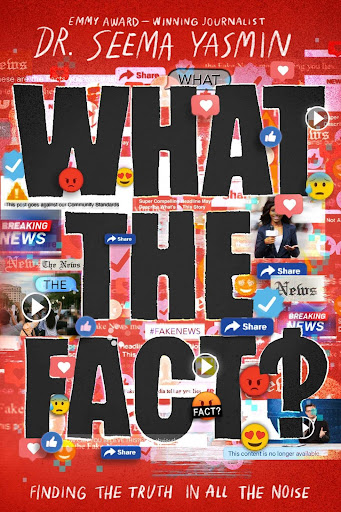 What is a fact? What are reliable sources? What is news? What is fake news? How can anyone make sense of it anymore? Well, we have to. As conspiracy theories and online hoaxes increasingly become a part of our national discourse and “truth” itself is being questioned, it has never been more vital to build the discernment necessary to tell fact from fiction, and media literacy has never been more vital.
What is a fact? What are reliable sources? What is news? What is fake news? How can anyone make sense of it anymore? Well, we have to. As conspiracy theories and online hoaxes increasingly become a part of our national discourse and “truth” itself is being questioned, it has never been more vital to build the discernment necessary to tell fact from fiction, and media literacy has never been more vital. Seema Yasmin is an Emmy Award–winning journalist who was a finalist for the Pulitzer Prize, medical doctor, professor, and poet. She attended medical school at Cambridge University and worked as a disease detective for the US federal government’s Epidemic Intelligence Service. She currently teaches storytelling at Stanford University School of Medicine, and is a regular contributor to CNN, Self, and Scientific American, among others.
Seema Yasmin is an Emmy Award–winning journalist who was a finalist for the Pulitzer Prize, medical doctor, professor, and poet. She attended medical school at Cambridge University and worked as a disease detective for the US federal government’s Epidemic Intelligence Service. She currently teaches storytelling at Stanford University School of Medicine, and is a regular contributor to CNN, Self, and Scientific American, among others.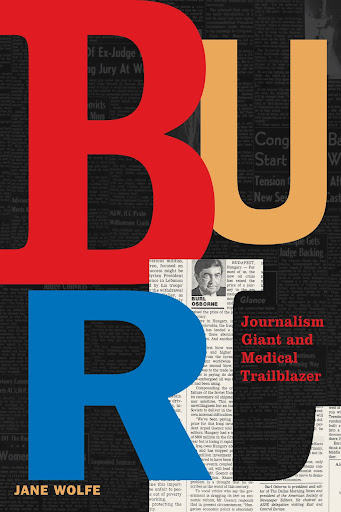 COLUMBUS, Ohio – Best-selling biographer Jane Wolfe’s latest – “Burl: Journalism Giant and Medical Trailblazer” (Sept. 6, 2022, Andrews McMeel Publishing) – looks at legendary journalist Burl Osborne’s extraordinary life and career.
COLUMBUS, Ohio – Best-selling biographer Jane Wolfe’s latest – “Burl: Journalism Giant and Medical Trailblazer” (Sept. 6, 2022, Andrews McMeel Publishing) – looks at legendary journalist Burl Osborne’s extraordinary life and career. About the Author
About the Author DALLAS – Determining right from wrong isn’t as simple as running an algorithm — or is it?
DALLAS – Determining right from wrong isn’t as simple as running an algorithm — or is it?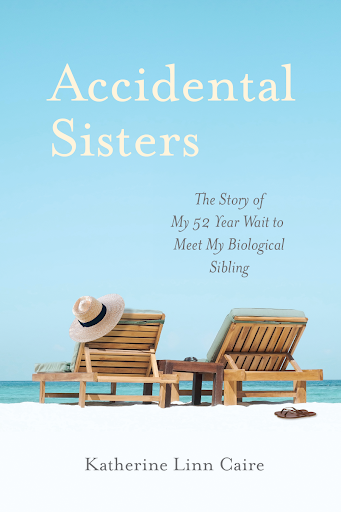 Soul-stirring memoir tells the shocking story of how they found each other
Soul-stirring memoir tells the shocking story of how they found each other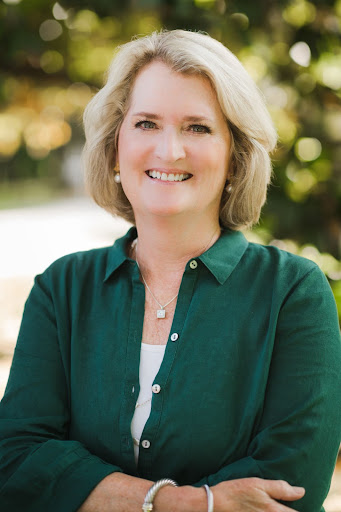
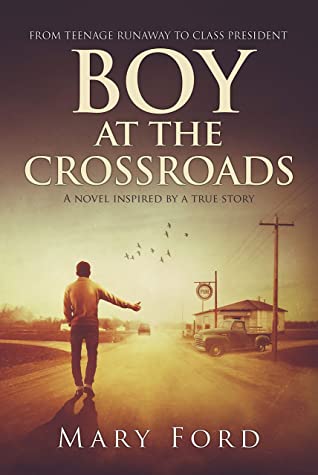 Wife Pens the Fascinating True Story of Her Husband’s Childhood
Wife Pens the Fascinating True Story of Her Husband’s Childhood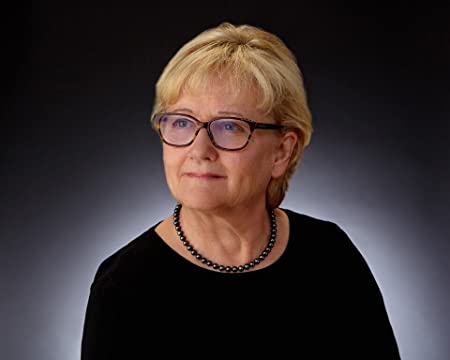 MARY FORD is an award-winning journalist who spent twenty-eight years as the editor of two small-town community newspapers in Massachusetts: the Cohasset Mariner and the Hingham Journal. She met her future husband, Conley, in 1971 in California where she was teaching English and has always been fascinated by his story. Conley and Mary were married in Los Angeles and were featured on the Newlywed Game with Bob Eubanks. After their first appearance, the popular couple was asked back for the Alumni Game. They came in last both times. Their incompatibility has lasted for nearly fifty years. With Conley’s job transfers, the couple lived in California, Japan, France, Missouri, Minnesota, England, Illinois, and Massachusetts. They reside in Scituate, Mass., with their dog, George. “Boy at the Crossroads” is Mary’s first novel.
MARY FORD is an award-winning journalist who spent twenty-eight years as the editor of two small-town community newspapers in Massachusetts: the Cohasset Mariner and the Hingham Journal. She met her future husband, Conley, in 1971 in California where she was teaching English and has always been fascinated by his story. Conley and Mary were married in Los Angeles and were featured on the Newlywed Game with Bob Eubanks. After their first appearance, the popular couple was asked back for the Alumni Game. They came in last both times. Their incompatibility has lasted for nearly fifty years. With Conley’s job transfers, the couple lived in California, Japan, France, Missouri, Minnesota, England, Illinois, and Massachusetts. They reside in Scituate, Mass., with their dog, George. “Boy at the Crossroads” is Mary’s first novel.




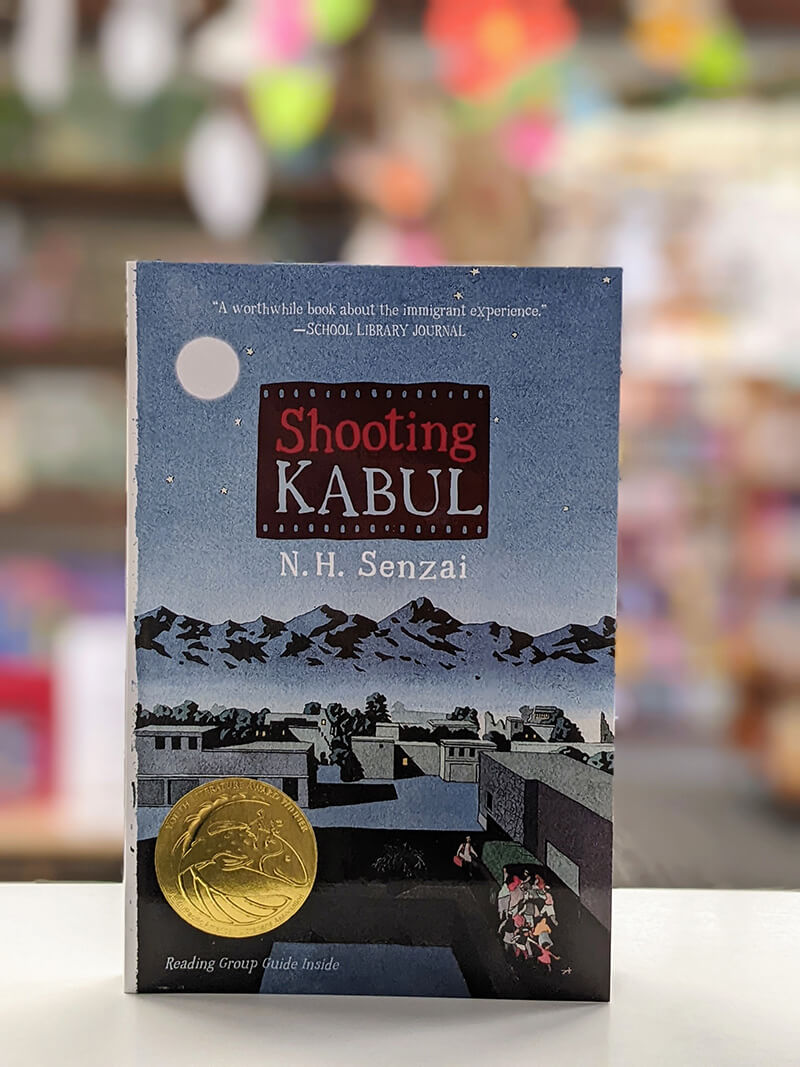

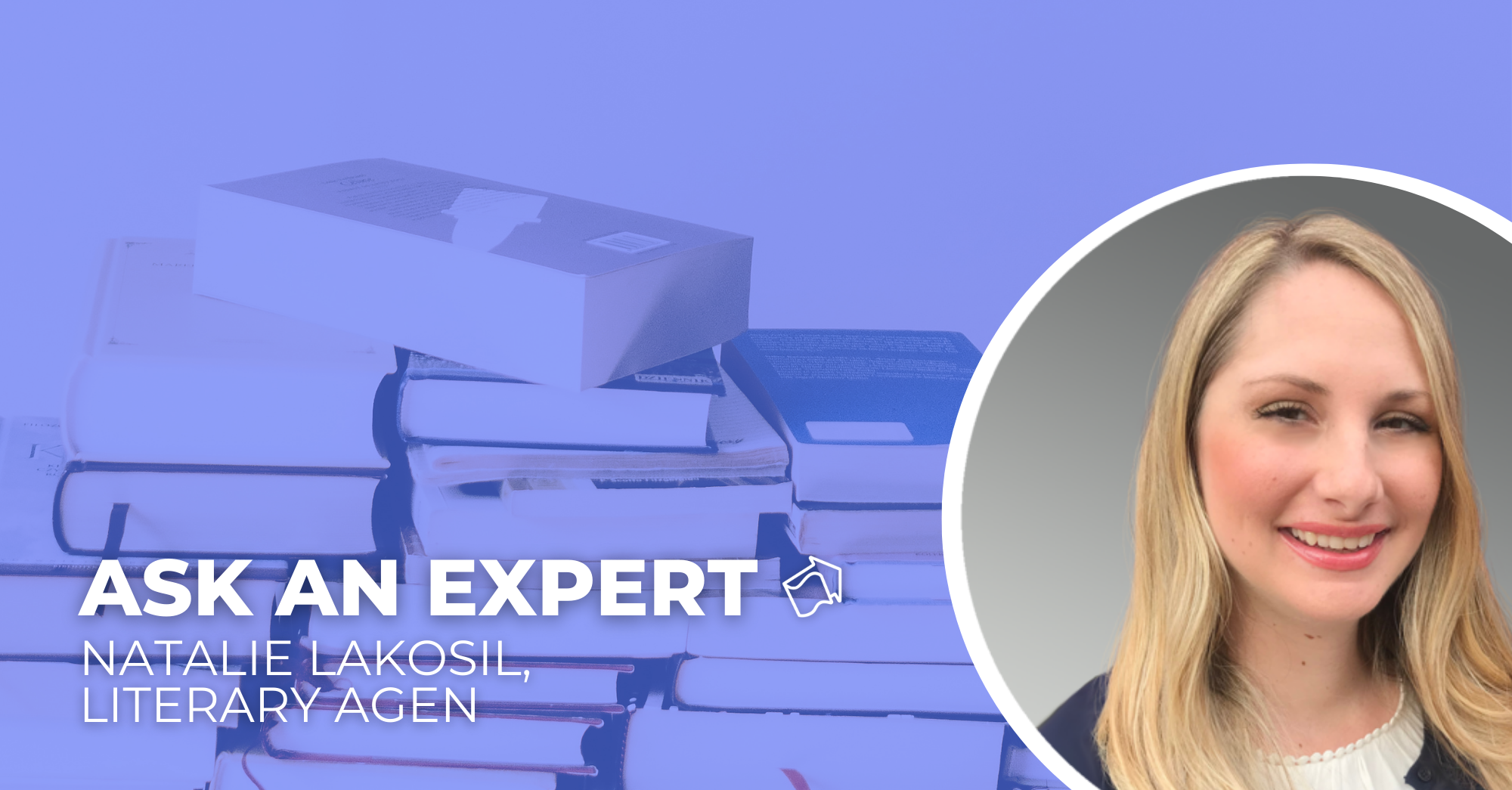
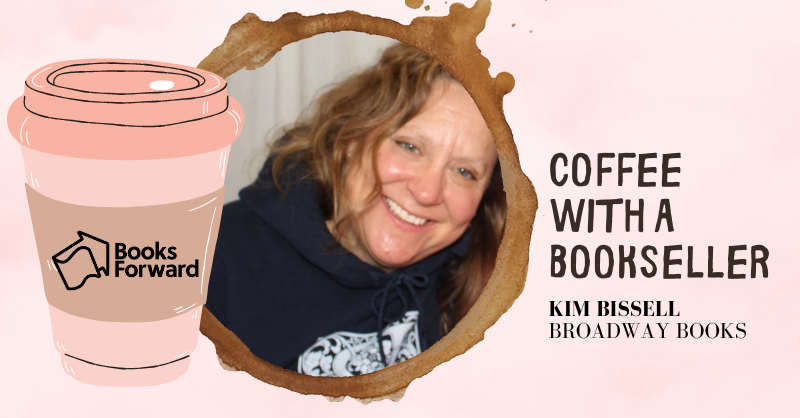
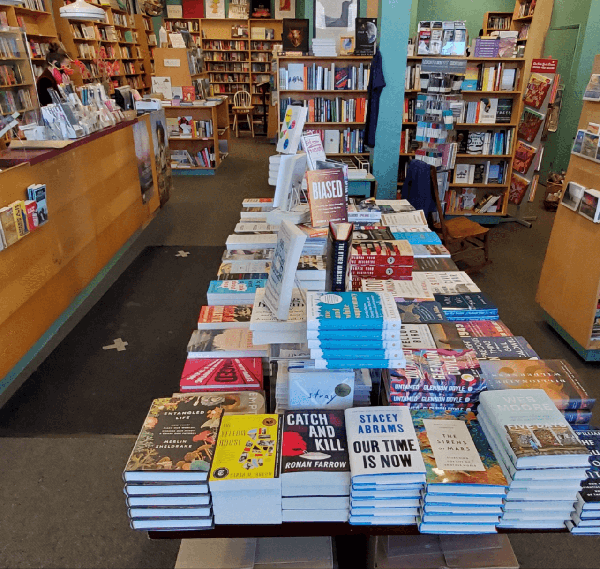 What’s your favorite area of your bookstore?
What’s your favorite area of your bookstore?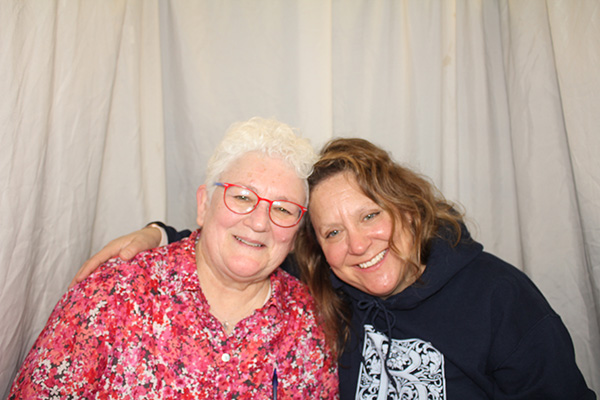

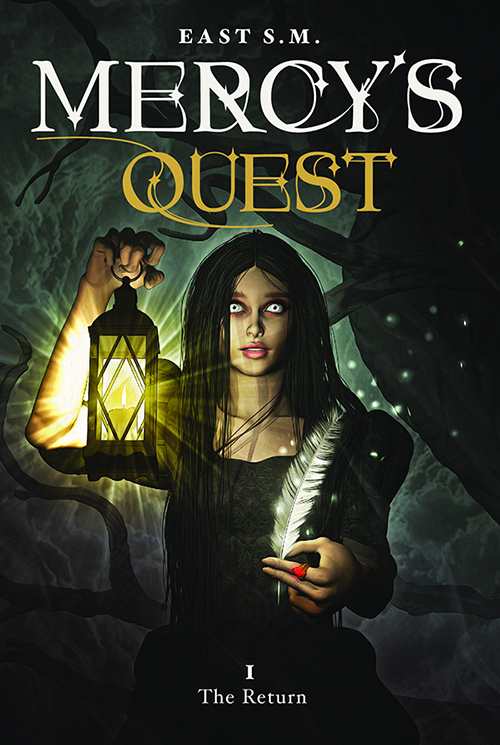 Author draws inspiration from the mystical with modern witchcraft in debut story
Author draws inspiration from the mystical with modern witchcraft in debut story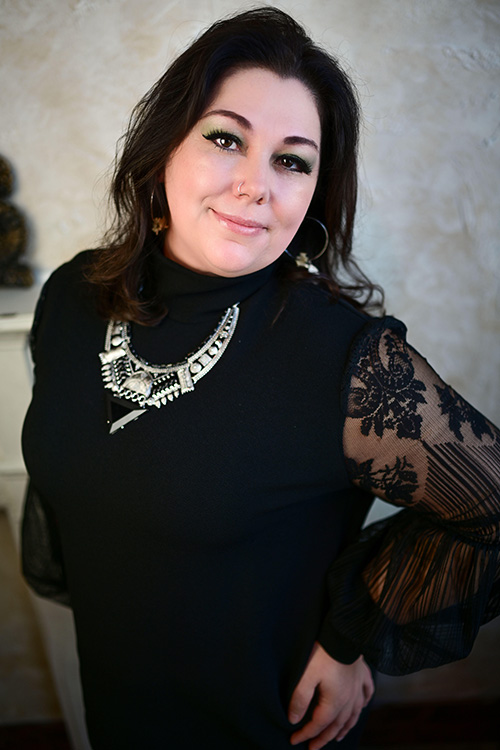 East S.M.: East S. M. is an Appalachian Occultist, Diviner, educator, artist, performer, and now author. A cosmic being in her own right, she was born in a small Kentucky town that sits inside a meteorite crater. She spent her childhood studying under a strong matriarchal family that imparted its intuitive gifts and Appalachian Spirit practices from prior generations. East is continuously inspired by music and the power of myth. She enjoys reading paranormal, adventure, and occult fantasy fiction works. One of her highest callings and greatest gifts in life is to share her divinity and intuition through teaching and facilitating sacred ritual spaces. A wild past of wonderful and sometimes unspeakable experiences, and decades of empowering others to seek their own quests, has called East to share Mercy’s story in the esoteric genre of Occult fiction. Her debut novel is the first in an anthology that reimagines the Spirit world, the human condition, and the necessity of both evolution and devolution within our lifetimes.
East S.M.: East S. M. is an Appalachian Occultist, Diviner, educator, artist, performer, and now author. A cosmic being in her own right, she was born in a small Kentucky town that sits inside a meteorite crater. She spent her childhood studying under a strong matriarchal family that imparted its intuitive gifts and Appalachian Spirit practices from prior generations. East is continuously inspired by music and the power of myth. She enjoys reading paranormal, adventure, and occult fantasy fiction works. One of her highest callings and greatest gifts in life is to share her divinity and intuition through teaching and facilitating sacred ritual spaces. A wild past of wonderful and sometimes unspeakable experiences, and decades of empowering others to seek their own quests, has called East to share Mercy’s story in the esoteric genre of Occult fiction. Her debut novel is the first in an anthology that reimagines the Spirit world, the human condition, and the necessity of both evolution and devolution within our lifetimes. 